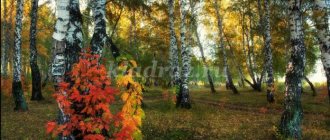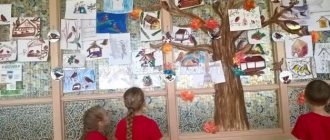History of the Red Collection
Mother Nature tried and created her various unique living creations, but we have already lost many of them, they cannot be returned, some are on the verge of extinction.
The pilot issue of the Red Book was published in 1963. And the prerequisites for its publication were the decision to create the International Union for Conservation of Nature in 1948, which is the publisher of the international Red Book to this day.
15 years passed from the date of its formation before the first edition of the collection was published. Over the years, scientists have carefully collected data on rare animals that are on the verge of extinction. Based on this information, lists of animal representatives were compiled. International conferences were held to draw attention to the global problem and propose ways to protect rare specimens.
Peter Scott, Chairman of the Commission for the Conservation of Nature, proposed calling this global list of endangered animals the Red Book, explaining the choice of color as an SOS warning signal of danger and distress.
“Stop, don’t destroy!” - this is exactly what all the animals and plants listed in the red collection ask, attracting people’s attention to themselves in order to stop the barbaric attitude towards them.
The Red Book: looking inside
All the pages of the Red Book are, of course, white, but they are framed, painted in different colors.
Black
The most mournful are the black leaves. It is on them that the memory of those representatives whom we will never see next to us, who have already died out, remains.
Thus, by 1914, the passenger pigeon, which previously lived in North America, was completely exterminated by humans. The heather grouse, which was hunted for its meat, had the same fate: its last representative died in a reserve specially created for it in 1932.
Many of us have heard about the harmless sea cow, or Steller's cow, which lived until the 1970s, eating seaweed and being of interest to hunters.
In 1878, the last quagga, an equid animal from Africa, similar in front to a zebra and from behind to a bay horse, was killed for its skin.
An international expedition in 2006 reported the complete disappearance of the Chinese baiji river dolphin. And there are many such examples.
Red
Particularly rare and endangered species are collected on pages with red frames. There are few of them left, but they are still found in nature and need special protection.
Among them is the largest animal on Earth - the blue whale, reaching a length of up to 33 meters and weighing more than 150 tons, the number of which is declining year after year due to uncontrolled fishing.
A vulnerable species is the cheetah, which can reach speeds of up to 110 km/h in 3 seconds.
Sleep-grass (spring lumbago), a plant from the ranunculaceae family, is inscribed on the red pages of books in many countries. Lilies of the valley and snowdrops are also among the inhabitants of red leaves.
Yellow
The yellow pages are dedicated to those whose numbers are rapidly decreasing, and if we do not take any measures, they may change “their book residence” and end up on the red pages.
Thus, over and over again, the populations of the Amur, or Far Eastern, tiger, taken under supervision personally by the President of Russia, are declining.
A rare species is the pink flamingo.
The Hawaiian flowering tree Ohekiko'ola is considered an endangered flora.
White
The White Pages brought together those representatives who were initially always few in number. The geography of their distribution is limited to a certain, small area. Representatives of flora and fauna from white sheets are rarely encountered, since they are few in number by nature.
For example, in nature you rarely see rodents such as the hazel dormouse. Resembling a squirrel in appearance, but the size of a mouse, it lives in southern Europe, but is rarely found in central Russia.
Grey
On the pages with a gray frame are written representatives that have not yet been studied enough, and their places of growth and habitat are difficult for humans to access or are little known. Among such unique specimens are emperor penguins that settled in Antarctica.
You must admit that it is quite difficult for scientists to study animals living in eternal winter, especially since these penguins rarely go onto land, but prefer to spend more time on sea ice floes.



